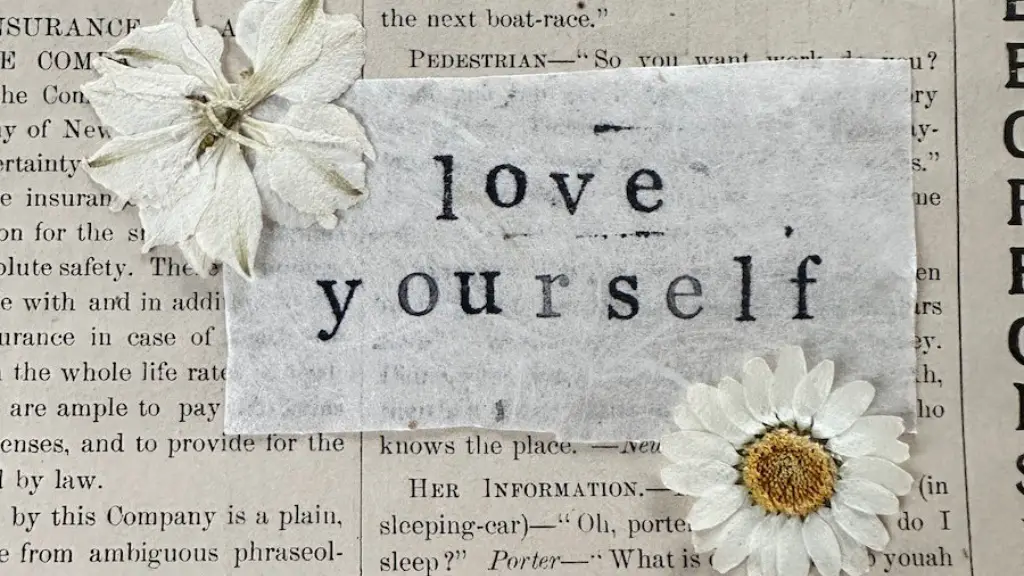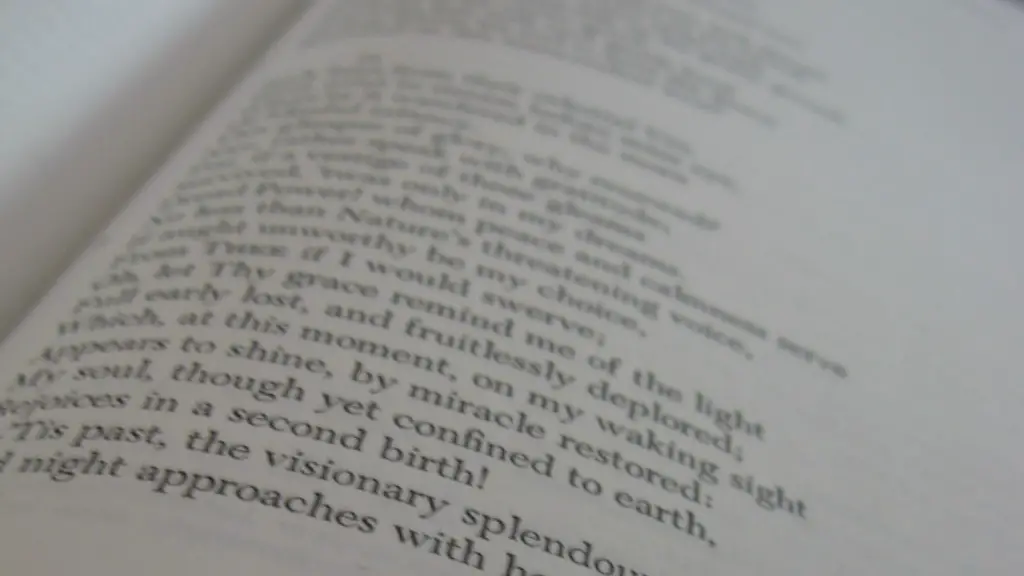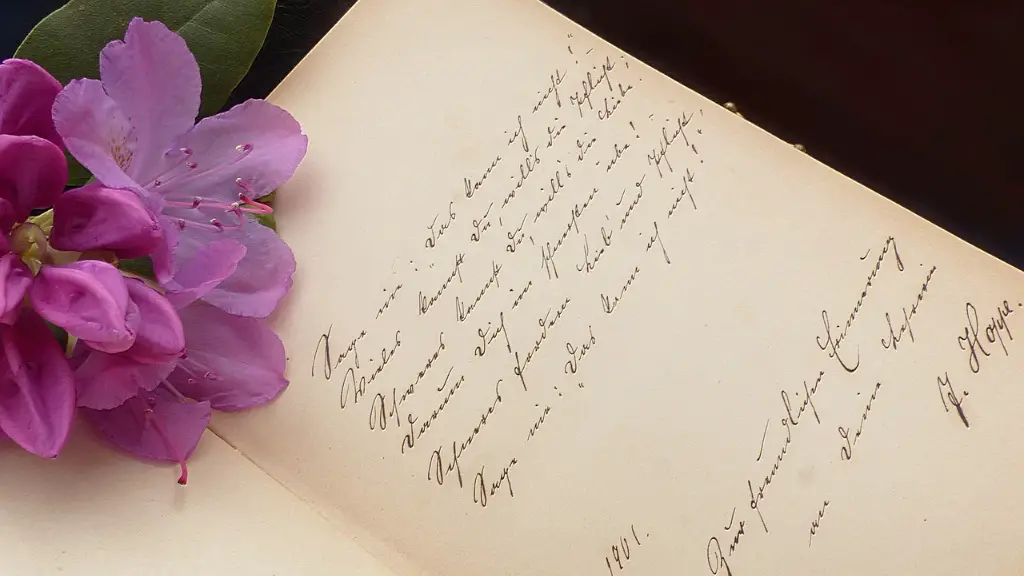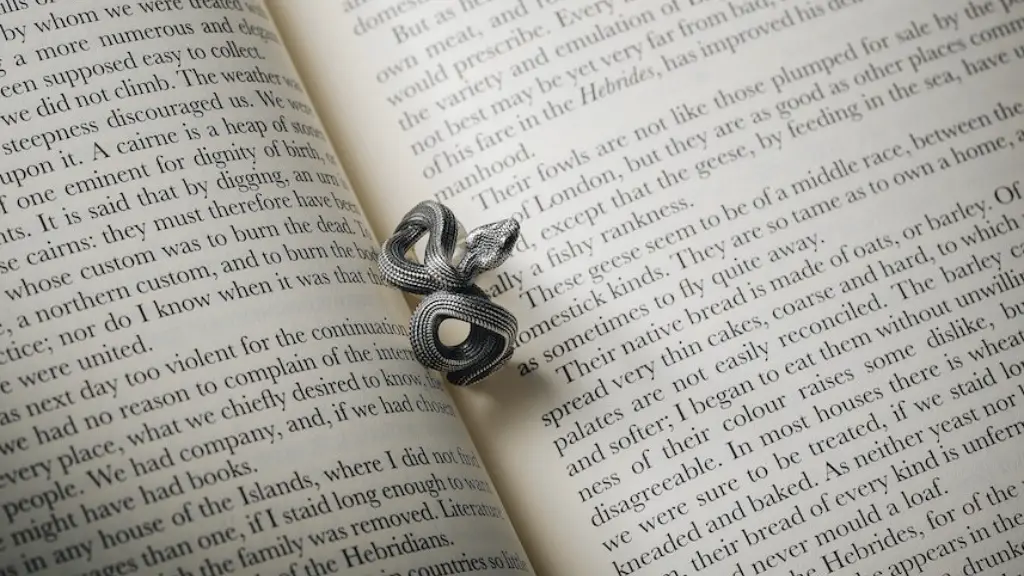Oscar Wilde is widely considered to be one of the most esteemed and influential figures in the world of literature and fashion. He is also remembered today as an icon of dandyism, a lifestyle and fashion philosophy which prioritized individualism, style, and a rejection of traditional conventions. Wild was an avid follower of dandyism, and his impact on the culture of the nineteenth century is undeniable.
The term ‘dandy’ has become firmly entwined with Wilde’s legacy, but what does it actually mean? Dandyism is a philosophy which celebrates individuality and experiments with flamboyant fashion. It is considered a form of self-expression, and it often breaks the rules of traditional dress and style. Wilde embraced this philosophy of dress, often dressed in bright colors, with brooches and cravats, and favored hand-made accessories and jewelry. Wilde also had no qualms experimenting with silhouettes, fabrics, and colors, and his outfits often added an extra layer of eccentricity and artistry, setting him apart from the other Victorian dandies.
Wilde combined this dedication to fashion with a sharp wit, often poking fun at the other, more straight-laced members of society. He was known for his clever one-liners, which bordered on the absurd, and his plays and stories were often sprinkled with dandyism themes. Wilde gave dandyism a new sense of legitimacy, making it fashionable and socially acceptable while retaining its rebellious roots.
Wilde did not just embrace dandyism in his public persona, but he also embraced it in his writing. His novella, The Picture of Dorian Gray, which became an epitome of Wilde’s dandyism, followed the life of an aesthete and extravagant young man, who is surrounded by a world of luxurious fashion, art, and literature. This character invoked Wilde’s own dandy nature and was a powerful, yet subtle, exploration of his philosophy.
Wilde’s influence on dandyism cannot be understated, as his refusal to conform to the standards of Victorian society allowed others to express themselves freely and with confidence. His influence can still be seen today, in the way his plays continue to inspire art and fashion, and in the ways that modern dandies proudly explore individualism, style, and fashion.
The Impact of Oscar Wilde on the Fashion World
Oscar Wilde’s influence on fashion is undeniable, and his style and his use of clothing as a form of self-expression have had a profound impact on our current fashion world. His bold and daring approach to fashion often pushed past the boundaries of what was considered socially acceptable or fashionable, allowing others to take risks and express themselves through their wardrobe.
Wilde’s use of color, texture, and silhouette was revolutionary for the Victorian era, and he daringly experimented with accessories and jewelry that weren’t found in the wardrobes of other men. He had a preference for luxury items, and he often dressed in vibrant colors and fabrics, making a statement that was both exciting and daring.
Wilde’s dandyism even followed him into the world of literature. His short stories, plays and novels were often laced with themes of dandyism, and his novella The Picture of Dorian Gray explored the idea of aesthetics and the exploration of individualism through fashion. It seemed to capture the essence of Wilde’s own personal taste, and was a discreet nod to his own dandyism.
Wilde’s influence on the fashion world still remains today, and his ideas have been adopted by many people who use fashion and style as a way of expressing themselves. Wilde embodied the notion of dandyism, and he was unafraid to challenge the rules of fashion, often using it as a way to showcase his personality and his beliefs.
Oscar Wilde was an influential figure in the fashion world, and his contribution to dandyism is remembered to this day.
The Impact of Oscar Wilde on Popular Culture
Oscar Wilde’s influence on the fashion world was significant, but his influence on popular culture was just as equally powerful. His playful and witty one-liners have become beloved by many, and his famous quotes have been repeated time and time again, in books, film, television, and popular culture.
Wilde’s sense of humor often bordered on the absurd, but he had a knack for creating clever one-liners that resonated with the public. He was an expert in wordplay, often crafting quotes that were both funny and thought-provoking. His quotes have become some of the most well-known sayings of all time, and many of his stories and plays remain popular to this day.
Wilde’s ability to captivate his audience comes through in his short stories, plays, and novels. He often used deeply poetic language and metaphors to discuss social issues, and his stories often pushed past the boundaries of what was socially acceptable. His works also often infused dandyism, a lifestyle that Wilde popularized, and which remains a source of fascination even to this day.
Wilde’s influence on popular culture is undeniable, and his wit and artistic approach to storytelling have been embraced by millions of people around the world. He was an innovative author and an unrivalled force of creativity, and his works remain an integral part of our collective consciousness.
Conclusion of Oscar Wilde’s Dandyism
Oscar Wilde is one of the most influential figures in fashion, art, and literature, and his dandyism was a rebellious, yet sophisticated approach to fashion and style. He embraced individualism and experimented with flamboyant fashion pieces, often standing out from the more subdued members of society. This approach followed him into his writing, and his stories were often sprinkled with dandyism themes. His influence on the fashion world and popular culture is undeniable, and his works, his wit and his style remain unforgettable to this day.
Oscar Wilde’s Contributions to Aesthetics
Aesthetics was an important part of Oscar Wilde’s dandyism philosophy, and his works often explored the idea of beauty and its place in society. His most famous work, The Picture of Dorian Gray, touches upon this theme, and the novel subtly examines the importance of beauty, the power of art, and the influence of aestheticism. This exploration of aesthetics was a powerful statement and highlighted Wilde’s own belief in the importance of beauty and its effect on our lives.
Although Wilde was considered an aesthete, he also had a deeper understanding of philosophy and literature. He often discussed social issues, such as the effects of judgement and stereotypes, with a witty and intellectual air. Some of his most famous works, such as The Importance of Being Earnest, often conveyed larger points about the effects of traditional conventions and the idea of living life truthfully.
At the same time, Wilde was never afraid to push past the boundaries of what was considered socially acceptable. He often addressed difficult topics with a clever wit and humorous flair, drawing attention to the darker aspects of life which were often overlooked. His philosophical beliefs were often wrapped up in his works, and his stories both entertained and provoked thought.
Oscar Wilde’s contributions to aesthetics was a rebellious and intellectual addition to the culture of his time, and it still resonates in many of the literary works of today. His exploration of beauty and art challenged the conventions of society, and his unique perspective on aesthetics continues to inspire people to this day.
The Intersection Between Oscar Wilde’s Life and his Works
A major influence on Oscar Wilde’s works was his own life and experiences, and his personal struggles and triumphs often found their way into his stories and plays. Wilde’s life was filled with both heartaches and triumphs, and his works often served as a subtle analysis of his own life, and his struggles and successes.
For example, some of His most famous works, such as An Ideal Husband, explored the idea of morality, and how it often conflicted with the realities of life. This thematic exploration of Wilde’s life is also found in the play The Importance of Being Earnest, which is filled with allusions to Wilde’s own experiences and thoughts on life, love, and expectations.
Wilde’s life was also filled with both tragedy and joy, and his works often brought together the light-heartedness of his wit and the heaviness of his personal emotions. His plays and stories often subtly explored the notion of tragedy and conflict, and how it may be used as a form of redemption. This thematic exploration of his life was often personified through his characters, highlighting his own inner struggles and tribulations.
Oscar Wilde often combined his personal experiences with his wit and artistic flair, and this dynamic interaction created some of the most memorable works of literature. His personal and artistic style was an integral part of his works, and it served as an intimate exploration of his life and his thoughts on the world.





